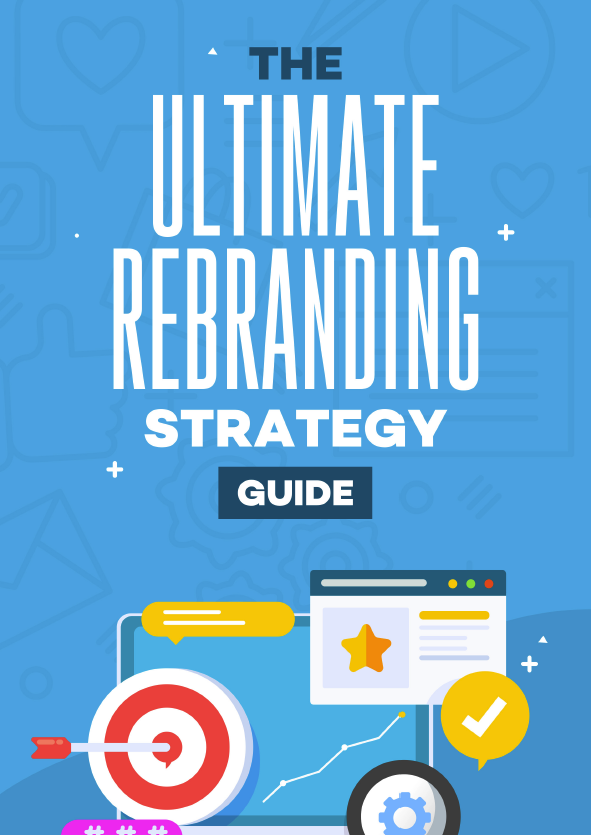Guest post by Andi Croft
Whether you own an e-commerce store or an online coaching business, a contact form can help you generate and qualify prospective clients. Hence, it must be noticeable and intuitive. Otherwise, your conversion rate will spiral down, and your bounce rate will skyrocket.
Luckily, there are actionable tips that you can do to make your online contact form attractive. To compel your site visitors to fill out your web form, we suggest that you do the following:
1. Use a Single-Column Layout
Single-columned forms are probably easiest to fill out and are most likely submitted by visitors. So, if you want to get through forms as quickly as possible, you need to go with ones requiring fewer steps.
Usually, forms with multiple columns can make things more complicated. If a form has horizontally adjacent fields, users will scan it in a Z-pattern. This can take too much of their time filling out your web form.
Meanwhile, if the form is in a single column, then the path completion is straight, all the way down to the finish line.
2. Have Fewer Form Fields
When you make an e-commerce website, placing too many form fields between you and the customer reduces the conversion rates.
The thing is, visitors want instant communication. Every form field added brings them further away from actually completing the task.
Moreover, placing more form fields means that the user needs more time to fill them out, which can create added distractions. This extra time might cause them to be doubtful. By significantly reducing the time it takes to complete the form, you’ll increase the number of users who will submit it.
Now may be the best time to scan through your form fields and get rid of things that aren’t important.
3. Organize Your Form Fields From Easiest to Hardest
It’s also crucial to organize your form fields from the easiest to the most time-consuming ones to fill out. This also explains why the first thing we require in our signups is the person’s name and contact details.
Once users fill in the easy fields, they’re more likely to fill in the areas that need more information, such as their credit card details. Since users have most likely invested their time, they’re also more likely to finish what they’ve started.
Make sure that you ask for information logically and from the user’s perspective. Make other forms as examples of the usual sequence, such as the name, street address, email address, city, country, and so on.
Place all the required fields first. If you need to include fields that aren’t required, you should limit the numbers you’re using and place them towards the end.
4. Enable Autofill
Many people hate filling in identical contact forms. To help ease this burden, you should make it easy for them. The good news is that browsers can complete fields on the user’s behalf.
Most users will abandon a contact form unless they’re given a little bit of help. Since most people fill out forms regularly, they’ll feel tired of entering the exact details repeatedly.
You can help your customers complete the forms faster and boost conversion rates by enabling the autofill feature.
5. Optimize for Mobile Devices
As smartphones and tablet users start to rise, so does mobile usage.
That’s something websites need to adapt to. A highly responsive site will provide users with a more streamlined experience when browsing through your pages. This can also help them stay engaged with your content or conveniently fill out your web form.
Surprisingly, contact forms aren’t an exception. Ideally, you should have mobile-ready forms to provide a user-friendly and responsive experience. That’s because you’re reducing your chances of converting site visitors if your contact form isn’t accessible on a mobile device.
Compared to their desktop counterparts, mobile forms tend to be limited in screen width. Fortunately, smartphones allow users to fill out an online form intuitively. This means enabling users to scroll through the form to tap and fill the form field.
Nonetheless, it would be best to ensure that your online forms are mobile-responsive. This includes automatically resizing a signup page depending on screen size.
6. Establish Trust with Visitors

To establish trust in your visitors, you should do these three things:
- Ask for information only if it’s essential. You can still get the information you need, like a phone number, after establishing a relationship with the user.
- Let the user know precisely what information you need and why you need it. Since they’re handing you sensitive information, it makes sense that you’ll inform them that you plan to contact them via email or phone.
- Show your privacy policy. You should also explicitly state what your privacy policy is. This should note that you should never sell or use the visitor’s information other than the reasons they’ve originally signed up for.
7. Display Validation Error Messages
If users encounter an error, you should ensure that it’s easy for them to pinpoint what the error usually is.
Errors tend to cause a lot of stress, and if they have a hard time figuring it out, they might want to move on. So make sure that errors are highlighted and that the message is near the field.
8. Test, Test, Test!
There’s no law to it when it comes to conversion rate optimization. What works on your site might not work on another. That’s because things differ from page to page, and one offer to another.
Make sure that you look at contact forms as living elements that eventually evolve through time. Regularly track your web page analytics, run AB tests on form fields, and utilize the data that you’ve gathered over time to do your own best practices.
Boost Your Contact Forms Today
The purpose of contact forms is to draw your visitors in and convert them into leads. However, you cannot do that if your web forms are unnoticeable or difficult to fill out.
If you want to convert as many site visitors as possible, try out the tips listed above and see how they will work for you.
Andi Croft is a freelance writer interested in topics related to business, technology, and travel. She has a passion for meeting people from all walks of life and bringing along the latest tech to enhance her adventures. Check out her Twitter page here.

